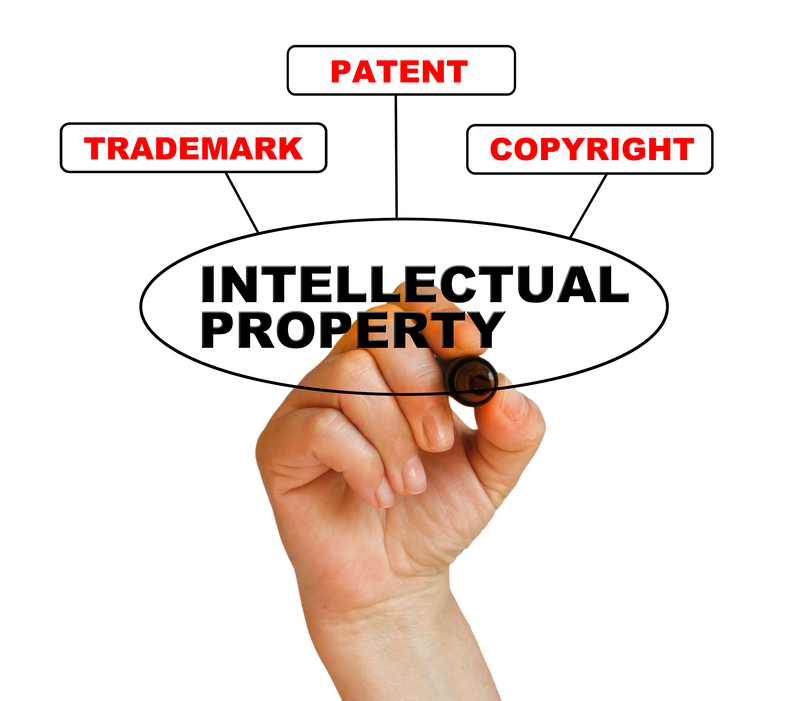IP Translation Services in All Languages
We’ve blogged about legal translation services in the context of patent infringement. Although intellectual property rights (IPR) traditionally have been matters of national concern, with individual nations developing IPR regimes reflecting their domestic needs and priorities, over time, protection and enforcement of IPR have emerged as key issues in international trade, multilateral trade policy and regional/bilateral free trade agreements (FTAs). This is because intellectual property has become a critical component to most national economies. For example, in the US, industries that rely on IP protection claim an annual loss of billions of dollars as a result of overseas IPR infringement. Furthermore, in light of the recent international financial crisis and global economic downturn, congressional interest has grown in the role of IPR in advancing U.S. industrial competitiveness and contributing to U.S. economic
The term Intellectual Property Rights in fact covers a wide-array of property rights, including patents, trade secrets, copyrights, trademarks and geographical indications. Furthermore, intellectual property rights misappropriation can include such actions as infringement, piracy and counterfeiting.
All IPR legal rights are granted by governments, mainly to encourage innovation and creative output by ensuring that creators reap the benefits of their inventions or works. Put another way, IPR allows governments to grant a temporary legal monopoly to innovators by giving them the right to limit or control the use of the creations by others. However, IPR may be traded or licensed to others – usually in the form of return for fees and/or royalty payments. The WTO’s Agreement on Trade-Related Aspects of Intellectual Property Rights (TRIPS) provides minimum standards for IPR protections, although the actual rights are granted on a national basis and are typically enforceable only in a country where they were granted. That said, countries are obliged to abide by WTO rules and their IPR enforcement practices can be challenged by other countries at the WTO level (where a majority of the litigation occurs).
Translation of Patents
The Patent Act (35 U.S.C. 101) governs the issuance and use of patents in the United States. Patents are granted for inventions of new products, processes, or organisms (known as utility patents). Patents may also be granted for designs and plants. For an invention to be patentable, it must be new, “non-obvious” (involving an inventive step), and have a potential industrial or commercial application. The patent provides the holder with the exclusive right to sell the invention for a period of 20 years, or to prevent the incorporation of the invention into other products without the permission of the rights-holder.
The patent holder recoups these up-front costs through a temporary monopoly over sale of the invention. In return for this economic rent, the patent holder must disclose the content of the patent along with test data and other information concerning the invention. This is meant to spur further creativity by those seeking to build on the patent after its expiration.
Trade Secrets
A trade secret is any type of valuable information, including a “formula, pattern, compilation, program device, method, technique, or process,” that derives independent economic value from not being generally known or readily ascertainable and is subject to reasonable efforts by the owner to maintain its secrecy. Examples of trade secrets include blueprints, customer lists, and pricing information. While protection of patents and copyright is a matter of federal law, trade secret protection is found also in state law. However, most states subscribe to the Uniform Trade Secret Act (UTSA).
There are important differences between trade secrets and patents. Individuals do not have to apply for trade secret protection as they would for patents. Instead, protection of trade secrets originates immediately with the creation of the trade secret and there is no process for applying for or registering trade secrets. Trade secret protection does not expire unless the trade secret becomes known.
In contrast, patent applicants must disclose information about their innovation to the PTO in order to acquire a patent. Patents offer rights holders stronger protection but for a limited period of time. While applying for a patent can be a costly and lengthy process, patents are valuable if the confidentiality of the innovation is fragile or if the area of research is highly competitive.
Copyright
Protection of copyrights in the United States is based on the Copyright Act (17 U.S.C. 101). Copyrights protect original expressions of authorship. Such protections include such literary or artistic works as books, music, sound recordings, movies, paintings, architectural works, and computer software and databases (though not individual bits of data). Traditionally, copyrights differed from patents in that there was no claim to industrial applicability or novelty of the idea. The expression of the idea, not the underlying idea, was being copyrighted. While some of the criteria for copyrights differ from those of patents, the objective is the same: investments of time, money, and effort to create work of cultural, social and economic significance should be protected to encourage further creativity.
Copyrights may be registered by the Copyright Office of the Library of Congress, or acquired through creating and fixation of the work of authorship.
Trademarks
Trademark protection in the United States is governed jointly by state and federal law. The main federal statute is the Lanham Act of 1946 (15 U.S.C. 1051). Trademarks permit the seller to use a distinctive name, mark, or symbol to identify and market a product, service, or company. The trademark allows quick identification of the seller’s product, and for good or ill, can become an indicator of a product’s quality.
The trademark is designed to prevent other companies with similar merchandise from free-riding on the association of quality with the trademarked item. Thus, a trademarked good may command a premium in the marketplace because of its reputation. For trademarks, distinctiveness is at a premium because a trademark must capture the consumer’s imagination to be effective as generic names of commodities cannot be trademarked.
Trademark rights are acquired through use or through registration with the PTO.
